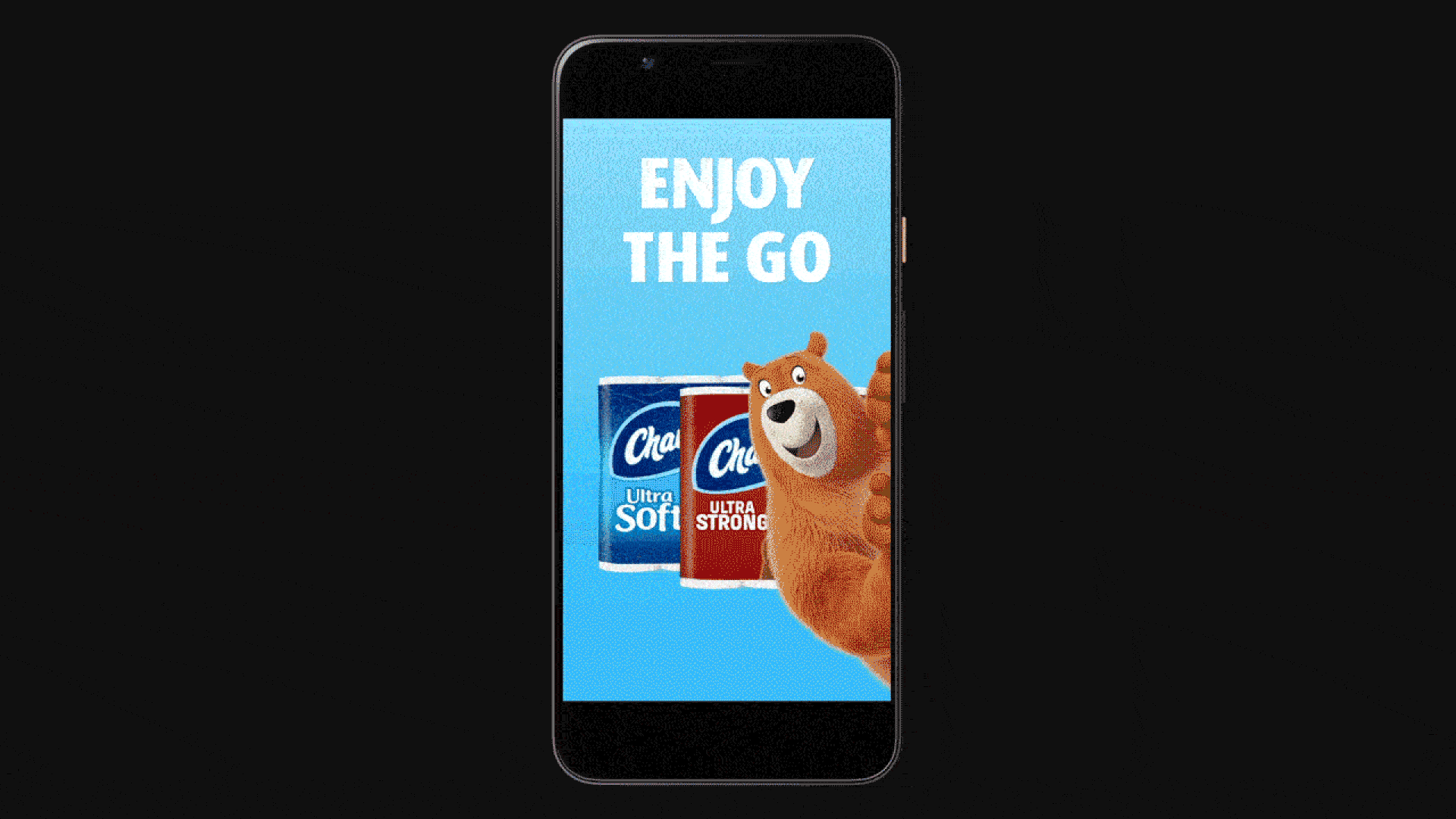Launched April 6, 2020, Quibi was expected to do well with young audiences, but it has yet to fully live up to those expectations. The new streaming service, developed for mobile-only viewing, was specifically catered to Gen Z’s preference for bite-sized content, with the longest episodes averaging 5-7 minutes. More importantly, it introduced a new standard ad format — the “Turnstyle” — a potentially-interactive new ad unit that has yet to see a major brand leverage its unique interactive capabilities.
With many investors backing it up (almost $2 billion in funding), Quibi had $100 million in ad sales well before launch with over 25 partners such as AB InBev, Discovery, General Mills, Google, Pepsi, Procter & Gamble, Progressive, Taco Bell, T-Mobile and Walmart lined up.

Photo courtesy of Adweek, showcases Quibi Original Shape of Pasta documentary in both horizontal and vertical formats.
CEO Meg Whitman (former CEO of Hewlett-Packard) announced in January 2020 at CES 2020 Convention that Quibi ads could optionally be optimized for both vertical and horizontal viewing on mobile devices. Nicole McCormack, Quibi’s head of advertising partnerships, shared that, of the 70 unique ads on the service, 91% of them are in this unique, Turnstyle format.

GIF courtesy of Axios, shows how Charmin’s commercial changes when view is changed from vertical to horizontal.
Tweet by AdAge, showcasing PepsiCo’s Mountain Dew ad on Quibi at the 2020 CES Convention in January.

Photo courtesy of Adweek, shows Progressive’s turnstyle Quibi advertisement.
Missed Opportunity
There has been a missed opportunity to utilize Quibi’s unique new ad format. While the current crop of ad creatives airing on the service are optimized for both vertical and horizontal viewing, they are not taking advantage of the potential additional level of interactivity and engagement possible by encouraging viewers to shift their screen-orientation mid-ad.
Many of the ads on the platform were repurposed from existing creatives, which means that a fundamental concept of video production was overlooked: the creative format must be inform the creative process..
For example, the most basic concept for a video ad — one that features two people standing side-by-side and talking to each other — does not lend itself well to a vertical screen shape. In other words, context is everything: it’s important to consider the distribution format from the moment you first start brainstorming creative concepts.
Here’s a hypothetical example: a glass of milk being poured from a cup. An image that would use both vertical or horizontal viewing, the pour would require viewers to engage with the ad once they realize that the full creative could not be seen entirely in strictly vertical or horizontal orientations. While rich media ad creatives that rely on triggers from a mobile device’s internal gyroscope have been around for years, they’ve never gained mainstream traction precisely because there was never a mainstream platform — like Quibi — that lent itself so specifically to that user experience.

This is an opportunity unique to to Quibi as the static nature of other formats doesn’t allow viewers to more deeply engage with the creative. Bottom line: like any new creative format, brands should be finding ways to utilize Quibi’s unique features, rather than trying to mold their existing content into it.
